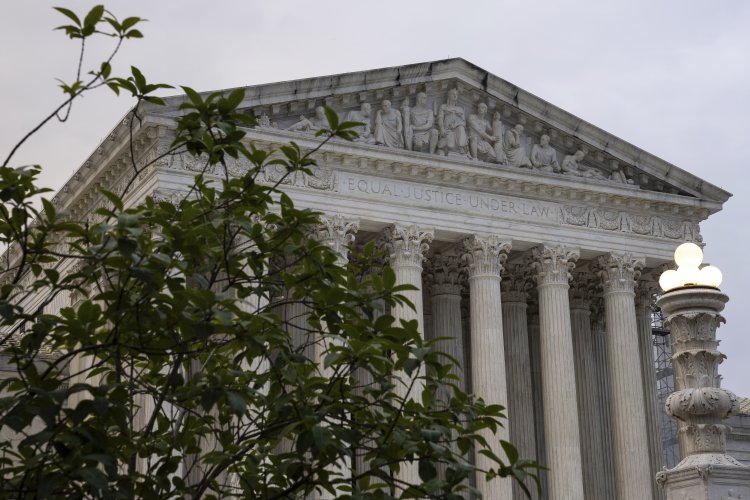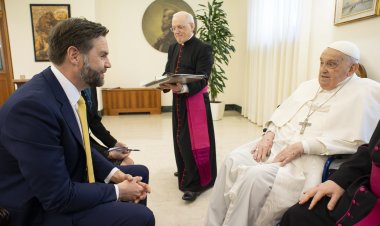Supreme Court overturns single judge's halt on Trump's dismissals of probationary employees
However, a ruling from another judge has put a hold on many of those dismissals.

This ruling marks a preliminary victory for President Donald Trump's push to swiftly reduce the federal workforce, though its long-term implications remain unclear due to a separate federal judge's order reinstating many of the same probationary workers.
The Supreme Court’s ruling on Tuesday indicated that nonprofit organizations did not have the legal standing to file lawsuits challenging the dismissals of probationary employees at the Departments of Defense, Treasury, Energy, Interior, Agriculture, and Veterans Affairs. Justices Sonia Sotomayor and Ketanji Brown Jackson voiced their dissent.
The justices responded to an emergency appeal from the Trump administration concerning a lawsuit filed in California.
So far, the Supreme Court has not addressed another lawsuit related to the termination of probationary federal workers. In that instance, a judge in Maryland mandated 18 agencies to restore fired probationary employees, although the judge subsequently limited the order's scope to 19 states and the District of Columbia.
In the California case, U.S. District Judge William Alsup ordered the Trump administration last month to reinstate the dismissed probationary employees from the six departments following a lawsuit by federal employee labor unions and nonprofit organizations.
Alsup, appointed by President Clinton, determined that the dismissals had been unlawfully commanded by the Office of Personnel Management (OPM), which lacked the authority to terminate workers at other agencies.
In its appeal to reverse Alsup’s ruling, the Trump administration claimed it applied to over 16,000 probationary workers who had lost their jobs.
Alsup justified his decision to reinstate the employees by pointing to issues that nonprofit groups would encounter due to reduced services at locations like national parks and veterans’ hospitals. However, the Supreme Court ruled on Tuesday that these effects did not sufficiently establish the organizations' standing to challenge the layoffs.
“Under established law, those allegations are presently insufficient to support the organizations’ standing,” stated the high court’s unsigned, two-paragraph order. The justices clarified that they were not addressing the standing of the unions involved in the same lawsuit. Alsup indicated that Congress had mandated the labor unions to pursue their grievances through different channels.
In the Maryland case, U.S. District Judge James Bredar, who was appointed by President Obama, determined that the mass firings contravened a federal law that requires advance notice to states before such layoffs. Initially, Bredar’s ruling had national implications before he subsequently narrowed its focus.
Both judges criticized the administration's claims that the dismissals were due to performance issues, asserting instead that the firings stemmed from efforts to reorganize or streamline the agencies.
The precise number of probationary workers targeted for termination by the Trump administration remains uncertain. Union representatives asserted that tens of thousands fell under Alsup’s order, while attorneys involved in the Baltimore case indicated that the judge’s initial ruling impacted approximately 25,000 dismissed employees.
Probationary employees in the federal workforce typically serve their first one or two years and possess limited legal protections against dismissal. Certain longer-term employees who have recently transitioned into new roles may find themselves subjected to probationary status once more.
Jackson remarked that the court should not have engaged with the standing issue on its emergency docket, which limits briefing and typically excludes oral arguments. The Biden appointee further noted that the federal government had not demonstrated that it faced irreparable harm from maintaining the order temporarily.
Sotomayor, also an Obama appointee, did not provide a rationale for her dissent from the Supreme Court’s decision.
Anna Muller for TROIB News
Find more stories on Business, Economy and Finance in TROIB business












